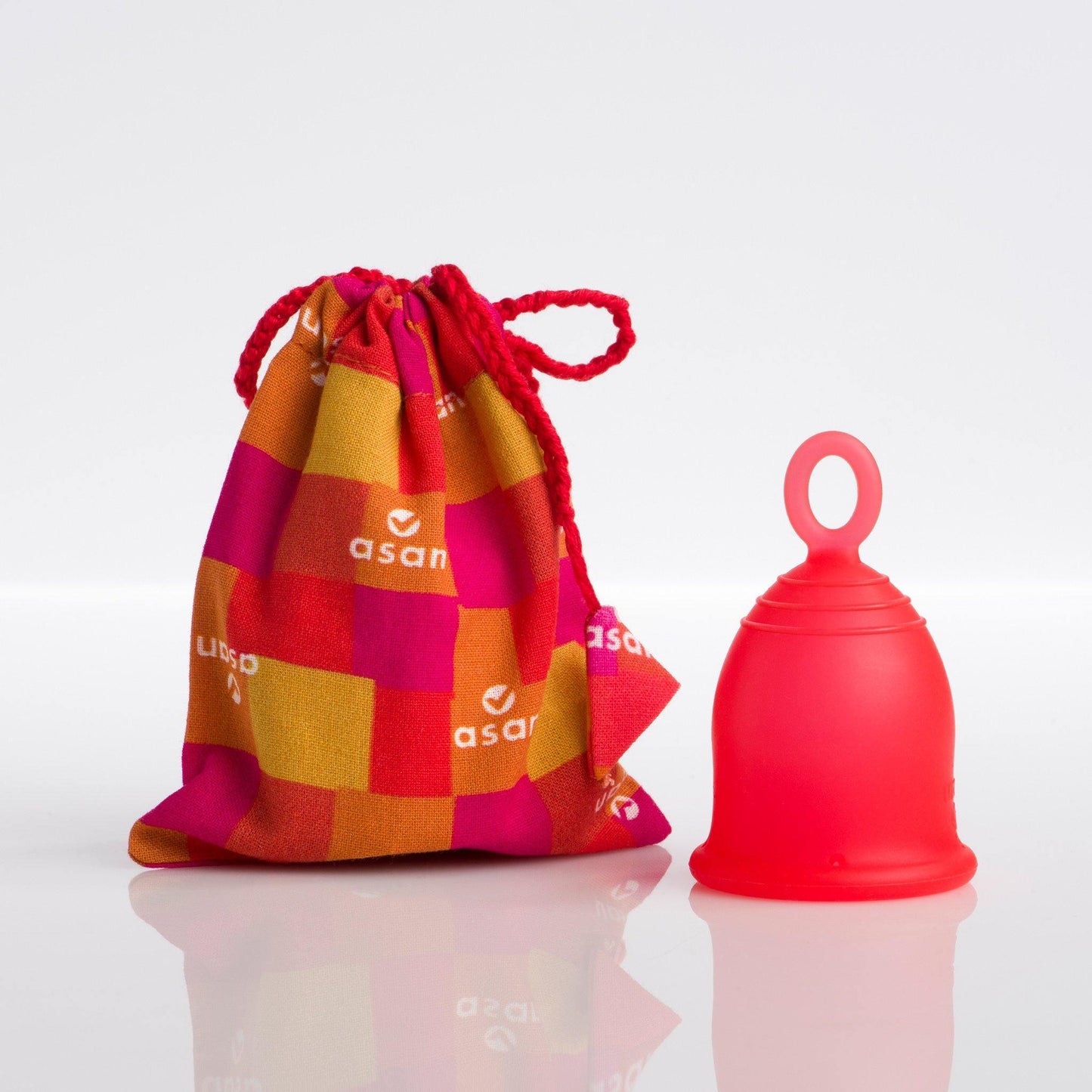 Given that we are in 2023, it is shocking that we still need to ask the question – Do girls still miss school due to periods?
Given that we are in 2023, it is shocking that we still need to ask the question – Do girls still miss school due to periods?
Sadly, period poverty continues to impact school girls around the world, preventing them from attending school and taking part in other essential activities.
Period poverty is when someone who menstruates doesn’t have access to a safe way to manage their period - including access to clean water and privacy, to a comfortable environment where you can ask questions, and a high quality period product to manage periods.
According to the World Bank, period poverty affects approximately 500 million women and girls around the world.
While this global crisis affects people of varying ages and contexts in different ways, there has always been a strong trend of girls missing school during periods, highlighting a relationship between menstruation and school attendance. So let’s understand why.
how many girls miss school due to periods?
Period-related school absenteeism is a major issue all around the world.
A study found that 95% of menstruating girls in Kenya miss 1 to 3 days of school during their periods. In Sub-Saharan Africa, 1 in 10 girls misses school during their menstrual cycle - which equates to up to 20% of a school year.
Similarly, a study conducted in India with 100,000 girls found that 25% of the girls aged between 10 and 19 missed school when they were on their period. In Nepal, 33% of girls skip school coursework during their period.
Low school attendance due to periods is not only common in developing contexts, but also affects girls living in the Global West.
In the USA, nearly 1 in 5 girls miss school during their period.
Similarly, a study conducted by Plan International in the UK shows that nearly two million girls, which makes up 64% of menstruating girls, miss out part or a full day of school every period.
These global statistics highlight a very prevalent issue about social stigmas and menstruation management in schools - which needs more attention by government institutions, the private sector, NGOs and individuals.
Let’s understand exactly why so many girls globally miss school during their period.
why do girls miss school during periods?
The most common reason that girls are missing school due to periods is because of a lack of infrastructure in schools.
This includes:
- Lack of a gender-sensitive toilet or private place to change period products,
- Lack of dustbins to dispose of sanitary waste, resulting in girls having to carry soiled pads in their school bags all day.
- Lack of access to sufficient water to ensure a clean and hygienic period during school hours, which directly increases the risk of urinary tract infections (UTIs) and vaginal infections.
 Alongside missing basic infrastructure, another prominent reason why girls skip school during periods is because of the fear of staining their school uniform and being ridiculed. This is due to social stigmas associated with periods - such as periods being dirty, unhygienic and impure.
Alongside missing basic infrastructure, another prominent reason why girls skip school during periods is because of the fear of staining their school uniform and being ridiculed. This is due to social stigmas associated with periods - such as periods being dirty, unhygienic and impure.
Another crucial reason why girls miss school during their periods is because they don’t have access to pads because their family cannot afford them. In such situations, many girls use cloth rags to manage their periods - which can be extremely difficult to clean and change while at school.
how does missing school impact a girl’s growth and development?
The impact of periods on education can be extremely harmful for girls, especially on their long-term education.
Missing out on 2-5 days of school every menstrual cycle means that girls are missing out on school curriculum regularly and fall behind with their coursework.
As a result, they face increased pressure at school as it can take a toll on their final grades to progress to the next class.
While at school during periods, studies show that girls participate less in class, have low concentration rates and face period anxiety. All these factors create period-related barriers to education and can cause a menstruating student to fall behind in their educational development.
So access to menstrual hygiene management in education systems and society plays a crucial role in a girl’s growth potential in society.
how do periods impact school drop-out rates for girls?
Girls are not only missing out on a number of school days due to their periods, but there is also a strong trend of girls dropping out altogether after they get their periods - especially in developing countries.
According to Dasra, 23 million girls drop out of school every year in India due to a lack of menstrual hygiene management facilities in schools.
This is also because many girls don’t know what a period is until their first period, and once they do reach menarche it is common practice in some communities to believe that the girl is ready for marriage and childbirth.
Girls dropping out from school due to periods is very detrimental for their access to further education and financial independence. This also directly impacts their potential for involvement and leadership in society.
It’s important to recognise that the crisis of period poverty needs crucial attention by everyone. The good thing is there are many organisations working globally to address this issue.
Let’s learn about how one such social enterprise, Asan, is doing this.
how does asan’s 1-for-1 donations programme keep girls in school?
Through making the switch to the Asan cup, along with choosing sustainable and comfortable periods, you are also sponsoring a free Asan cup for someone in India that doesn’t have access to safe and high quality period care.
Asan’s 1-for-1 donations programme is an extensive programme that is bettering menstrual health for communities across India who are vulnerable to period poverty.
Read this blog about how Asan is ending period poverty across 36 villages in rural Karnataka to learn more.
Asan’s 1-for-1 donations programme works with women and girls across all ages. In many of our initiatives, we work specifically with adolescent girls between the ages of 12 to 19.
 The thousands of girls that have switched to the Asan menstrual cup no longer have to worry about many factors preventing them from going to school on their periods.
The thousands of girls that have switched to the Asan menstrual cup no longer have to worry about many factors preventing them from going to school on their periods.
See the table below to learn how: Along with providing the Asan menstrual cup, the Asan team and NGO partners also deliver menstrual education programmes to girls to increase menstrual awareness in schools.
Along with providing the Asan menstrual cup, the Asan team and NGO partners also deliver menstrual education programmes to girls to increase menstrual awareness in schools.
This menstrual health education for girls is catered to varying age-groups to make girls more aware about their bodies, help them understand that menstruation is completely normal, and teach them about how to take care of their reproductive health.
 how can you help reduce period poverty and keep girls in school?
how can you help reduce period poverty and keep girls in school?
- Support Asan’s 1-for-1 donations programme through making the switch to the Asan cup.
- Sponsor/donate to NGOs and social enterprises working on menstrual health programmes. If you would like to sponsor a large-scale Asan cup adoption and menstrual education programme in India, contact our team to learn more.
- Push for menstrual leave policy for students in schools, as well as in your workplaces.
- If you’re a principal or a teacher, work to provide school support for girls during periods - including a safe space to ask questions without facing stigma.
- Lobby your local government to implement better menstrual policies - that focus on enabling access to period products in school, providing safe infrastructure to manage periods, and introducing menstrual health education curriculums.
- Support and get involved in period activism initiatives locally and period stigma campaigns online to increase awareness and challenge existing norms.

Would you like to get involved in our efforts to end period poverty?
Contact us and tell us how you’d like to help!


